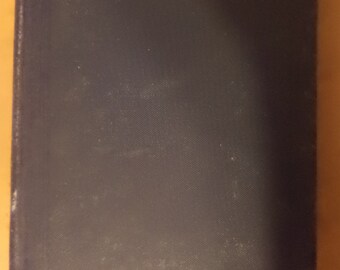
The narratives and photographs in Faces of the Civil War Navies shed new light on a lesser-known part of our American story. The fourth volume in Coddington's series on Civil War soldiers, this microhistory will appeal to anyone with an interest in the Civil War, social history, or photography. In addition to presenting the personal stories of seventy-seven intrepid volunteers, Coddington also focuses on the momentous naval events that ushered in an era of ironclad ships and other technical innovations. These unique narratives are drawn from military and pension records, letters, diaries, period newspapers, and other primary sources. Using identifiable cartes de visite of common sailors on both sides of the war, many of them never before published, Coddington uncovers the personal histories of each individual who looked into the eye of the primitive camera. Coddington focuses his considerable skills on the Union and Confederate navies. In Faces of the Civil War Navies, renowned researcher and Civil War photograph collector Ronald S. And on the open seas, rebel raiders wreaked havoc on civilian shipping. In the Gulf of Mexico and along the Atlantic seaboard, blockaders in blue floated within earshot of gray garrisons that guarded vital ports.


Along the Mississippi River and other inland waterways across the South, Union gunboats were often the first to arrive in deadly enemy territory. The first hostile shots roared from rebel artillery at Charleston Harbor.

There were no large-scale fleet engagements, yet the navies, particularly the Union Navy, did much to define the character of the war and affect its length. During the American Civil War, more than one hundred thousand men fought on ships at sea or on one of America's great inland rivers.


 0 kommentar(er)
0 kommentar(er)
